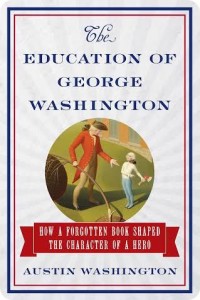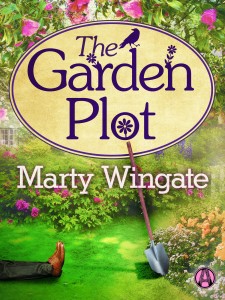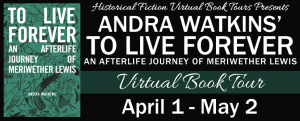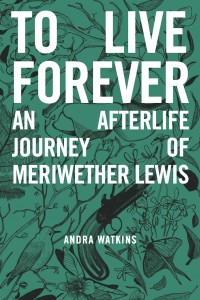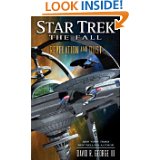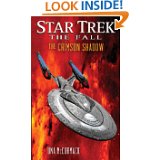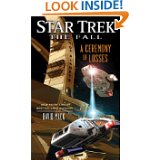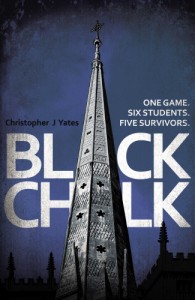About the book, The Unforgivable Fix 
Publisher: Alibi (October 14, 2014)
Pages: 320
On the heels of her runaway hits The Fixer and The Red Hot Fix, T. E. Woods ratchets up the tension with her newest explosive thriller in the fast-paced Justice series.
The killer won’t come for you, you fool. He’ll come for me.
Detective Mort Grant of the Seattle PD has finally decided to sell. The home where he and his late wife raised two kids feels too large and too full of old memories. His son is married and raising a family of his own, and despite desperate efforts to find her, Mort has lost touch with his wayward daughter. That is, until the day she walks back into her childhood home and begs for his help.
For the last four years, Allie Grant has been the lover—and confidante, confessor, and counselor—of one of the world’s most powerful and deadly men. But a sudden, rash move has put Allie in the crosshairs of a ruthless Russian crime lord. Mort knows of only one place where Allie will be safe: with The Fixer.
As a hired desperado, The Fixer has killed twenty-three people—and Mort was complicit in her escape from the law. She has built an impregnable house, stocked it with state-of-the-art gear, armed it to the teeth, and locked herself away from the world. But even The Fixer may not be able to get justice for Allie when real evil comes knocking.
Buy, read, and discuss The Unforgivable Fix
Amazon | Barnes & Noble | Books-a-Million | Goodreads
About the author, T. E. Woods 
T. E. Woods is as eager as her fans to return to the thrilling world of the Justice series. She’s busy writing the next installment and is developing a new series set in Madison, Wisconsin.
Connect with T.E.
Connect with T.E.’s publisher, Alibi: Facebook | Twitter
My Thoughts
I’ve just read all three “Fixer” books back to back, so the plots of each are a bit muddled in my head, but it doesn’t matter, because whether you read these in order (beginning with The Fixer) or not, you will be plunged immediately into a fast-paced story of action, adventure, and intrigue.
You will also see that T.E. Woods is incredibly deft at weaving those three elements together without ever ignoring plot or characterization. Whether the character in question is an embezzling corporate executive about to get his just desserts or the owner of the local coffee joint, everyone you meet in the pages of one of these novels feels incredibly real.
Since one of those characters – the main character – is a hired assassin, the incredible dimension and depth of each personality can feel a bit creepy at times, but that vibe actually works, making the books seem that much more visceral.
What I loved about this series -all of it- is that the dialogue is always both snappy and appropriate. Adults sound like adults, and their language always fits their station in life. The pacing, also, is excellent. Nothing is a constant rush; when the reader needs to breathe a bit, we’re given the chance.
What I didn’t love about this series: these books move so quickly, that one doesn’t merely read them, one devours them, and then one is left waiting for more. I was having such a great time immersed in The Fixer’s world that I really didn’t want the experience to end.
Goes well with champagne, strawberries, dark chocolate, and baked brie en croute.
This review is part of a blog tour sponsored by TLC Book Tours. For the complete list of tour stops, see below. For more information, click HERE.
Monday, October 6th: A Fantastical Librarian
Monday, October 6th: Patricia’s Wisdom
Monday, October 6th: Kritter’s Ramblings – Red Hot Fix
Tuesday, October 7th: Tiffany’s Bookshelf
Tuesday, October 7th: Kritter’s Ramblings
Monday, October 13th: Patricia’s Wisdom – Red Hot Fix
Thursday, October 16th: FictionZeal
Friday, October 17th: Mystery Playground – “Drinks with Reads” guest post
Monday, October 20th: She Treads Softly
Tuesday, October 21st: Kahakai Kitchen
Monday, October 27th: From the TBR Pile
Wednesday, October 29th: Bibliotica
Wednesday, October 29th: Queen of All She Reads
Thursday, October 30th: Mockingbird Hill Cottage – Red Hot Fix and The Unforgivable Fix
Friday, October 31st: Back Porchervations
Friday, October 31st: The Novel Life












